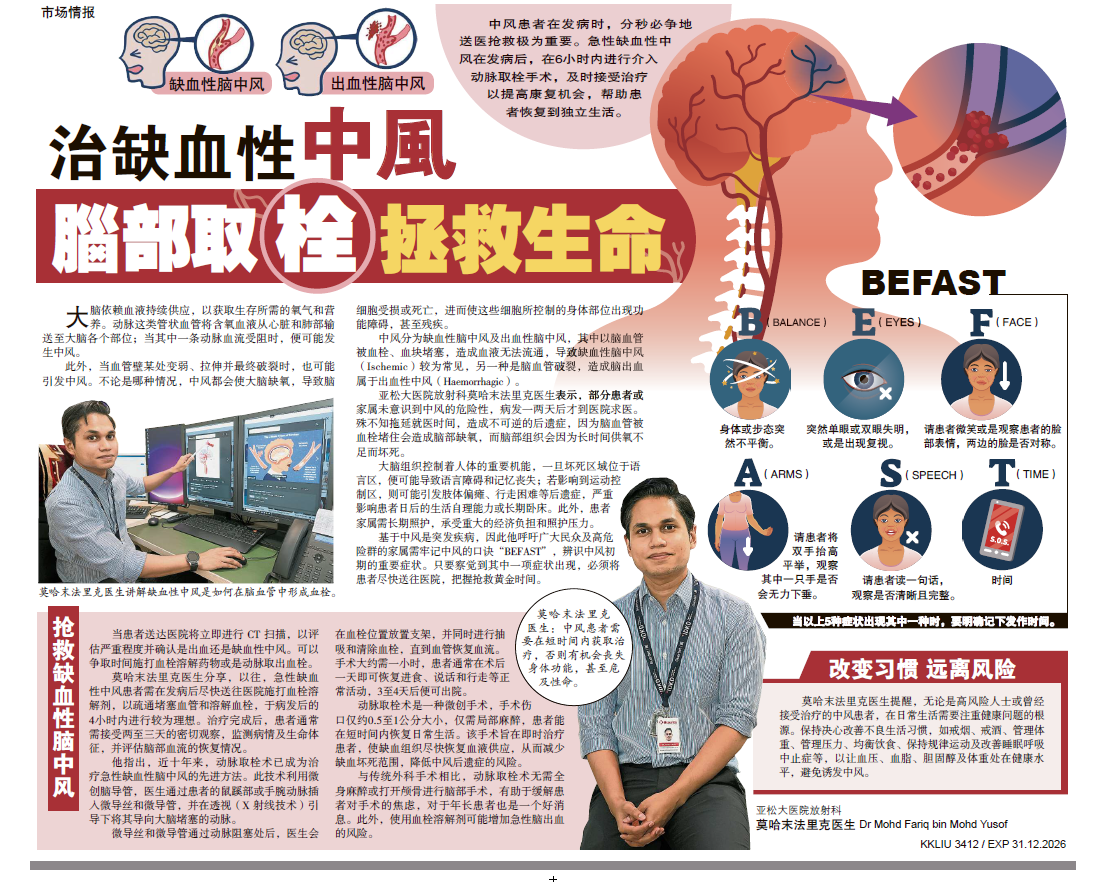Clear vision is a gift, one of our valuable senses that we so often take for granted until the eyes begin to wear out. The truth is our sight will gradually be not as good as they were before. The number one reason for this is chronological ageing, something which no one can avoid.
Cataracts are the most common cause of blindness, especially now that people are living longer into their 80s and 90s. Yet, not many people understand what cataracts are, why they happen and what can be done as treatment. Knowing more about cataracts and cataract surgery will help you make better decisions for yourself, or a loved one.
How The Eye Functions
First, we need to understand how the eye works. We need light to see. Without light, the eye is unable to function and we will not be able to see.
For us to see, light enters the eye through the transparent lens in the front of the eye and reaches the retina, a bunch of light-sensitive tissues at the back of the eye. Once light reaches the retina, they are translated into nerve signals that are sent to the brain. The brain deciphers what we are seeing.
What Exactly Are Cataracts?
As we age, the protein in our eye’s lens may start to clump together and affect the transparency of the lens and transmission of light to the retina. As the protein clumps get larger, our vision gets more cloudy, like living in a hazy environment. This happens slowly over time, usually after the age of mid-50s.
In some cases, the lens begins to change colour to a yellowish/ brownish hue. Everything you see will turn brownish or yellowish although the images still remain sharp, like looking through tinted glasses. After some time, the tinting gets so bad you may not be able to differentiate between purple, blue or black.
The lens in the front of the eye, made of water and protein, must be clear for the retina to get clear images, just like dirty lens of a camera will produce blurred photographs. The degeneration of this lens with age is what causes cataracts.
Cataracts can start in one or both eyes. It does not spread from one eye to another.
Although cataracts usually happen around the ages of 50 and above, some people may get them earlier- such as those with diabetes, alcohol consumption, smokers or people who spend a lot of time in the sun without protective eyewear.
Different Types Of Cataracts
There are different types of cataracts, depending on their cause. Although ageing is the main cause, cataracts can sometimes result from other problems.
- Secondary cataract happens after surgery for other eye problems such as glaucoma. They can also be the result of health problems such as diabetes or diseases that require long-term steroid use.
- Congenital cataracts are sometimes present in babies as soon as they are born, but they may not affect vision until later on.
- Traumatic cataracts happen after an injury to the eye area.
- Radiation cataracts happen after exposure to radiation. They often take many years to manifest.
Getting Your Symptoms Checked
Cataracts can be diagnosed by an ophthalmologist using a visual acuity test, eye drops to dilate the pupils for further eye examination, and sophisticated equipment to measure the pressure in the eyes, and other tests. Tests can be done if you experience these symptoms:
- Blurry or cloudy vision
- Faded colours
- Poor night vision
- Seeing double or multiple images
- Glare from lights, sunlight or car headlights at night
- Frequent changes in power for glasses or contact lenses
Recommended Treatment
In the early stages of cataracts, vision can be improved with new glasses or sunglasses, brighter lights or magnifying devices. In the later stages, cataract surgery may become necessary, when visual requirements become difficult.
Cataract surgery involves the removal of the cloudy lens and replacing it with a clear artificial lens so that you get clear vision again.
Important Facts About Cataract Surgery
Surgery to remove the protein build-up is the only way to correct your vision if you have cataracts. Eye drops, special glasses or looking at greenery cannot ‘cure’ eyes with cataracts.
Cataract will not grow back after surgery. It used to happen in the olden days but with modern ophthalmic techniques, cataract surgery is required only once in a lifetime.
Complications for cataract surgery are minor unless you have other medical conditions such as diabetes, hypertension or heart disease. Even with these conditions, your surgeon will know how to manage the risks.
Surgeons no longer need to wait until the cataract is “ripe” or severely “thick” before conducting surgery. The main premise for surgery is when the cataract is bad enough to affect your daily activities such as driving, reading, watching television or reading text messages.
Getting your cataracts removed too early is also not advisable, because every surgery carries some risks, although complications from cataract surgery are generally rare. Ultimately, ask yourself whether your cataracts are affecting your vision badly enough to warrant surgery.
Cataract surgery is usually done on one eye first to reduce risks of surgical complications, as this procedure is usually done in elderly patients. Surgery on the other eye can take place 3 weeks later or more. Surgery in both eyes may be considered in special circumstances or when advised by the surgeon.
There are two types of cataract surgeries:
- Phalcoemulsification is usually done now. Ultrasound waves are used to break the cataract. It is painless, with a shorter duration and faster healing with a smaller wound.
- Manual non- phalcoemulsification takes a little bit longer to conduct and the healing time is slightly longer. It is done when phalcoemulsification may be difficult or as advised by the surgeon.
Both surgeries are done under local or general anaesthesia especially if the patient is a child, or an adult is highly anxious. Surgery is usually short and carried out on a Day Surgery basis. Admission to the ward is done when so advised by your surgeon.
After removing the cataract, the surgeon will place an appropriate artificial lens into the eye to provide clear vision. Lenses come in various types and patients can choose according to their suitability (based on the doctor’s advice) and financial considerations. Lenses are mostly monofocal, and also multifocal in function.
Cataract surgery does not guarantee that you will no longer need to wear glasses after that. However, your initial power (if high) will be significantly reduced after your surgery. Your vision will usually be clearer and improved but you may still need glasses to see better if and when necessary.











